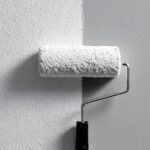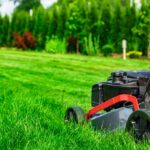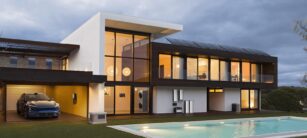
Pro gamers aren’t born. They’re made through long hours, smart strategies, and relentless fine-tuning of both body and mind. In fast-paced competitive games, one second can decide the win. That edge? It’s usually razor-sharp reflexes and laser focus.
But these skills don’t come from just playing all day. Training routines now look more like an athlete’s regimen than a casual gamer’s hobby. From reaction time drills to mental discipline, today’s pros treat their brains and bodies like high-performance machines. And interestingly, some even borrow tricks from unexpected places like Avia Masters setups to fine-tune reaction patterns and decision-making under pressure.
Let’s break down how they do it.
Speed Isn’t Luck: Reflex Drills That Work
The biggest myth? That reaction time is purely genetic. It’s not. Yes, some start with an edge, but with consistent training, anyone can level up.
Pro players often use special software to train microsecond-level reactions. Think Aim Lab or KovaaK’s for FPS games. These tools aren’t games—they’re simulators built to test and improve your tracking, flicks, and target acquisition.
A few common methods:
- Target switching drills – Track and flick between fast-moving objects.
- Reaction time testers – Click as soon as a cue appears. Sounds simple. It isn’t.
- Peripheral vision exercises – Spot threats outside the direct line of sight.
On top of that, some players integrate hand-eye coordination tools like light boards or even old-school tools like “Simon Says” style memory lights. The logic is simple: sharpen the nervous system. Every millisecond saved counts.
Drills like these aren’t just for shooters either. MOBA and RTS pros also train actions-per-minute (APM) and hotkey speed. Speed builds confidence. Confidence builds control.
The Focus Factor: How They Stay Dialed In
Fast hands mean nothing without a focused mind. Ever seen a player lose their cool after one bad play? It snowballs. Focus training helps prevent that.
Pro gamers build routines that strengthen mental endurance. Many use techniques borrowed from mindfulness practices:
- Breathing exercises to reset under stress.
- Meditation apps like Headspace or Calm between matches.
- Visualization of clutch moments before going live.
Even posture matters. Slouching tanks oxygen flow and slows reaction. So some pros train standing or use ergonomic setups to keep alert.
The goal? Zero distractions. That “flow state” where everything else disappears and it’s just you and the game. It’s addictive, but not easy to summon on command. So they train for it daily.
Cognitive Load Management
You can’t process everything. The brain picks what to ignore and what to lock on. High-level play means filtering noise, fast.
So how do they do it? With cognitive load management. Basically, it means:
- Automating certain actions so they take less brainpower.
- Prioritizing decisions based on game state.
- Training decision trees. So when X happens, do Y. No guesswork.
Multitasking is a myth. Instead, pros segment their attention. League of Legends players, for example, focus on CSing, then shift attention to map awareness every few seconds like clockwork.
This skill—switching attention without delay—comes from repetition. You can’t brute-force it. You program it in.
Physical Fitness = Gaming Fitness
Crazy as it sounds, more pros are hitting the gym. Not just for looks—for performance. Physical stamina feeds mental stamina.
Long hours in front of a screen drain you. Stiff muscles, sore backs, brain fog. To fight that:
- Many follow gym routines focused on posture and mobility.
- Cardio sessions help boost endurance and recovery.
- Core workouts keep that spine straight and stable during sessions.
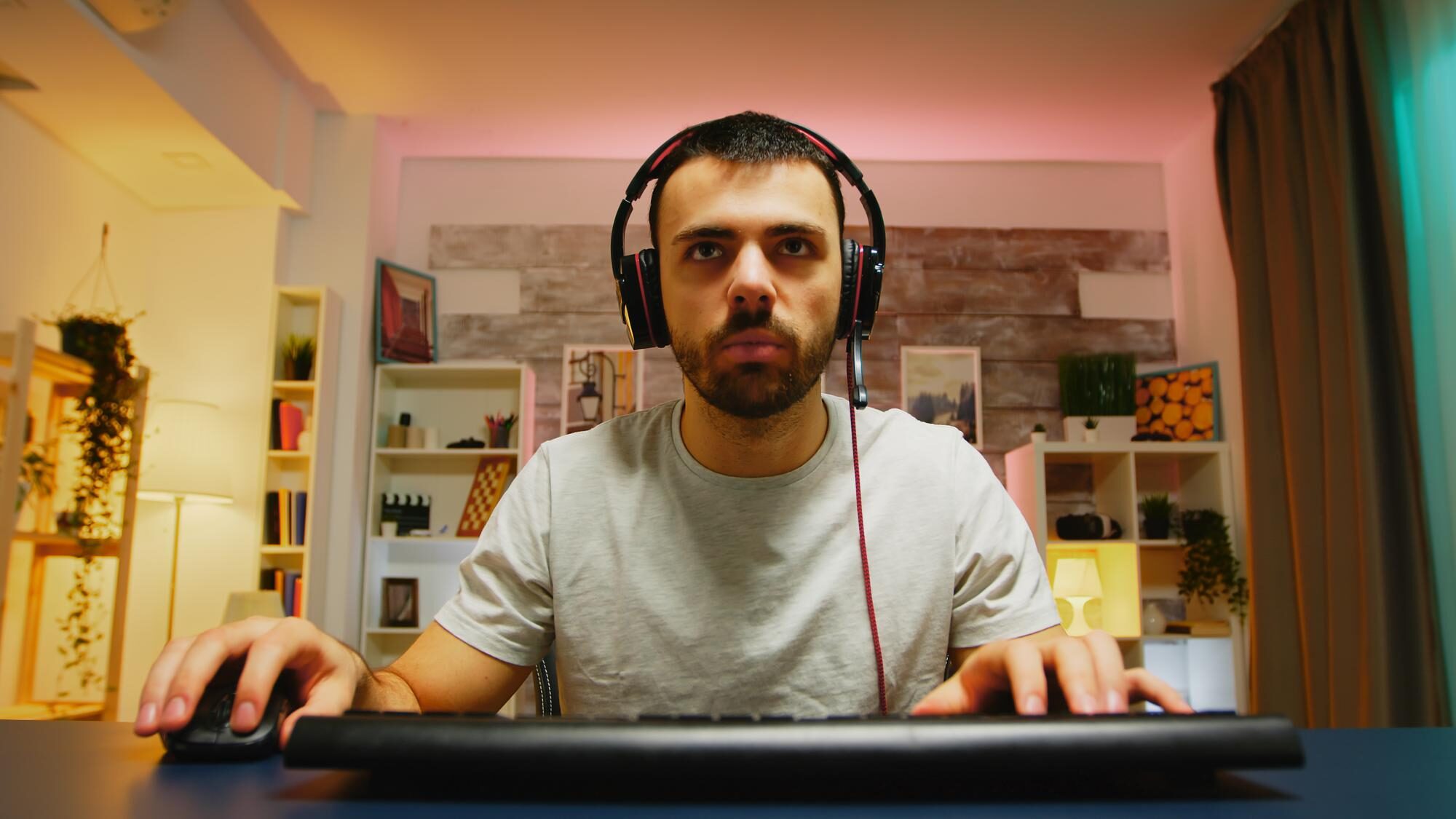
Even nutrition plays a role. No one’s downing energy drinks all day anymore. Instead:
- Balanced meals with complex carbs for long energy.
- Hydration plans before and during events.
- Nootropic supplements (under supervision) for sharper cognition.
This physical layer helps prevent burnout. And when others fade, the fittest stay razor-sharp.
Gaming Tools That Enhance Reflex Training
Reflex training isn’t just about what you do—it’s also about the tools you use. Pros invest in high-end gear not for the flash, but for the feedback. Fast response times, low input lag, and tactile precision make all the difference.
Here’s a breakdown of what many use and why:
- 144Hz or 240Hz monitors – More frames = smoother motion.
- Low-latency mice with customizable DPI – Every pixel counts.
- Mechanical keyboards – Faster actuation, better key feedback.
- Audio headsets with surround – Directional sound = survival.
These aren’t luxuries. They’re tools of the trade. Like cleats to a soccer player.
Many even keep backup rigs calibrated exactly the same, so switching during tourneys doesn’t throw them off.
Ultimate Reflex-Boosting Exercises Pros Swear By
These exercises have worked for pros across multiple genres. Here are a few you can start right now, no matter your skill level:
- Jitter Clicking Practice
- Builds mouse control and finger speed.
- Especially useful in RTS and aim-heavy shooters.
- Grid Shot Drills (Aim Lab)
- Hit randomly appearing targets. Focuses on speed and precision.
- Used daily by FPS pros.
- Dual N-Back Game
- Brain-training game that improves memory and attention span.
- Helps with multitasking and decision-making.
- Eye-Tracking Software
- Reveals where you’re looking vs. where you should be.
- Helps fine-tune peripheral focus.
Even 15 minutes a day with these can show results in a few weeks. But consistency is key.
Mental Reset: How Pros Bounce Back Fast
Every pro has off days. The difference is how fast they reset. A lost round or bad decision can’t linger.
To reset quickly, many use simple mental routines:
- Shake out hands.
- Step away from the screen.
- Breathing in for 4 seconds, hold for 4, out for 4.
- Quick visualization of past wins.
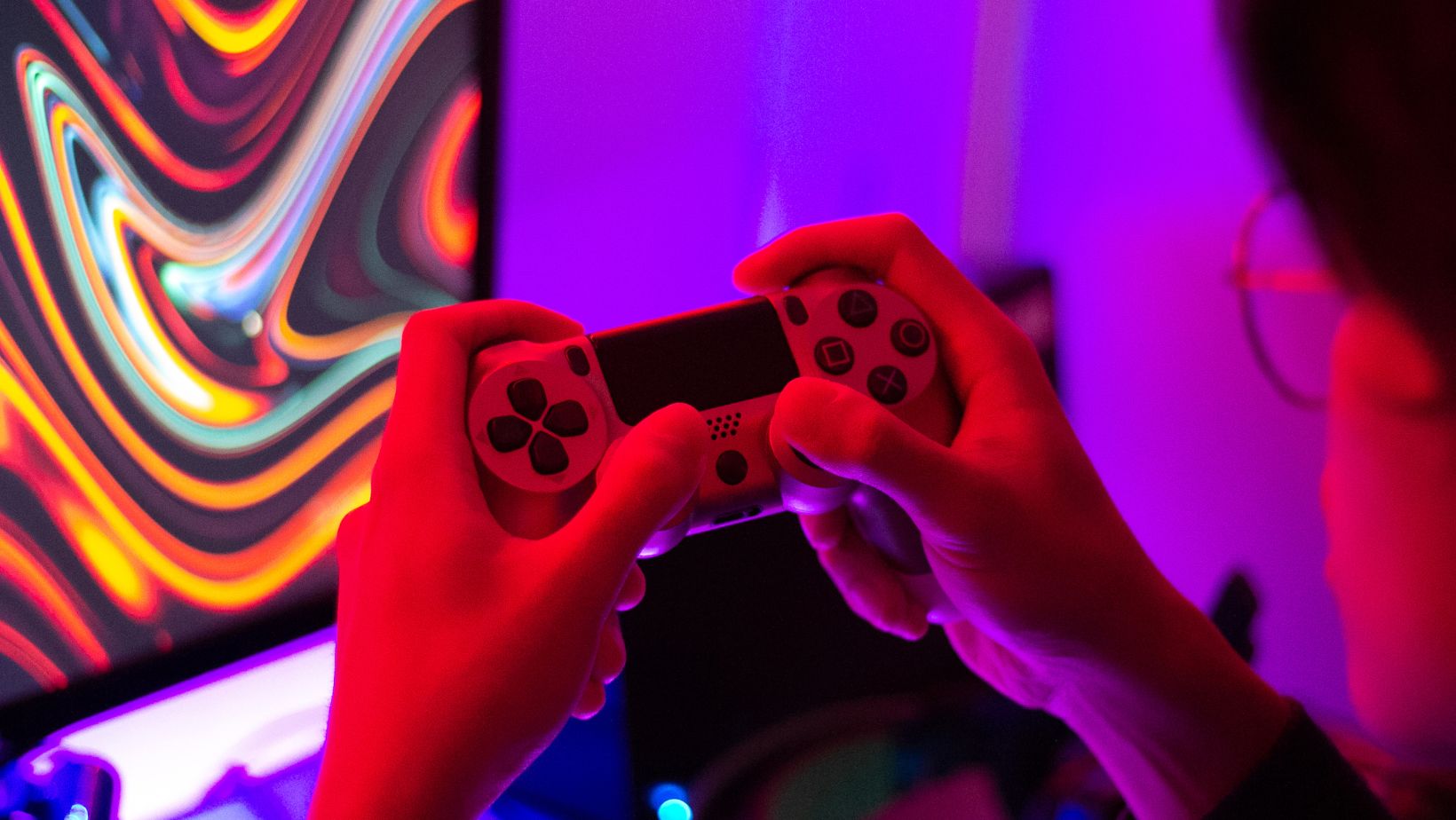
Some even develop “anchor” actions. Like tapping the keyboard twice or repeating a short phrase. It’s a signal to the brain: reset, reboot, refocus.
These rituals turn tilt into clarity. And clarity is a game-changer.
Final Thoughts
Becoming a top gamer isn’t just about talent. It’s about structure, strategy, and smart training. Reflexes and focus are trainable. Every drill, breath, and click adds up.
So if you’re serious about gaming—start thinking like a pro. Your hands follow your habits. Make them count.


